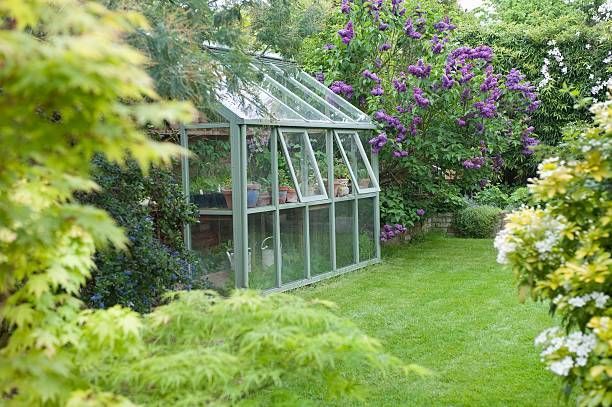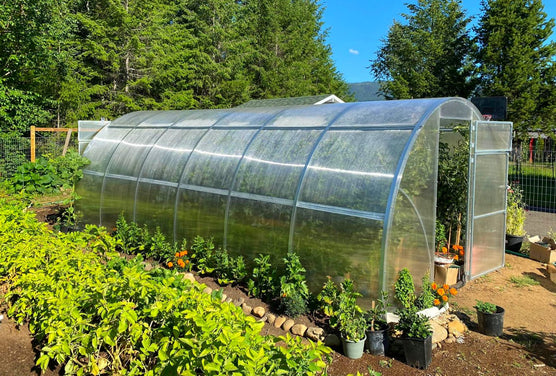The Future of Greenhouses: Innovations in Lasting Farming
Are you interested regarding the future of greenhouses and how they are reinventing sustainable agriculture? From advanced environment control systems to vertical farming techniques, water-efficient watering techniques, renewable energy combination, and wise information analytics, these developments are transforming the method we grow our food.
Advanced Climate Control Equipment
To attain ideal expanding conditions, you can rely upon the advancements in greenhouses with advanced environment control systems. These systems have transformed the way we cultivate crops, offering a regulated setting that is favorable to plant development. With these cutting-edge systems, you can currently control temperature, moisture, light degrees, and also CO2 concentrations to create the best problems for your plants to flourish.
One of the vital functions of these innovative environment control systems is their capability to manage temperature level. By making use of sensors and automated controls, the greenhouse can readjust the temperature based upon the particular needs of the plants. This ensures that they are never ever exposed to extreme warm or cool, which can be harmful to their growth.
Humidity control is another important aspect of these systems. By keeping the excellent moisture levels, you can avoid problems such as mold, mold, and condition from affecting your plants. These systems can additionally manage the quantity of light that reaches the plants, making certain that they get the optimal amount for photosynthesis.
Furthermore, progressed environment control systems can even adjust CO2 focus. By raising the levels of CO2 in the greenhouse, you can boost plant development and performance. This is specifically useful in areas with low all-natural carbon dioxide levels.
Upright Farming Techniques
One important vertical farming method is utilizing stacked expanding systems. Monarch Greenhouse Utah. These systems involve organizing plants in several layers, up and down stacked on top of each various other. By using upright room, farmers can maximize their plant yield without requiring extra land. Piled growing systems are typically made use of in metropolitan locations where room is limited.
One preferred method is understood as vertical hydroponics, where plants are grown in nutrient-rich water without soil. This technique is very reliable as it lowers water usage by up to 90% compared to traditional farming methods. In addition, given that the plants are expanded inside your home, they are safeguarded from conditions and parasites, lowering the requirement for pesticides.
Another strategy is aeroponics, which includes suspending the plant origins in a haze or air environment. This method permits for ideal nutrient absorption and oxygenation, resulting in faster development and greater yields. Aeroponics additionally utilizes less water than typical farming and can be carried out in vertical systems, making it a popular selection for vertical farming.
Water-efficient Irrigation Approaches
Making the most of water conservation is crucial when it pertains to implementing water-efficient watering methods in lasting agriculture. With worldwide water shortage coming to be a pressing issue, it is essential to create ingenious methods that maximize water usage in greenhouse operations.
One encouraging method is drip irrigation, which supplies water directly to the plant roots, decreasing waste and evaporation. By utilizing a network of tubes with tiny emitters, water is applied slowly and precisely, making certain that plants receive the needed wetness without excess drainage.
One more reliable strategy is the use of dirt dampness sensing units. These tools gauge the moisture content in the dirt and provide real-time information to farmers. By keeping an eye on the dirt's dampness degrees, farmers can precisely establish when and just how much water to use, preventing over-irrigation.
In addition, the application of rainwater harvesting systems is gaining appeal in greenhouse farming. Accumulating rain from roofs and storing it in containers permits farmers to utilize this natural deposit for watering purposes, decreasing dependence on typical water sources.
Finally, the adoption of automated irrigation systems can substantially boost water efficiency. These systems use sensors to find dirt dampness degrees and weather conditions, adjusting watering timetables accordingly. By optimizing water usage based on actual plant needs, these systems can reduce water waste and promote sustainable farming practices.
Renewable Energy Integration
Now, let's look into how you can incorporate renewable resource into your greenhouse procedures for a much more sustainable future. Sustainable energy integration in greenhouses uses several benefits, including minimized operating prices and lowered reliance on non-renewable imp source energy resources. One means to include eco-friendly power is with the installation of solar panels. These panels are put on the roof covering or bordering areas of the greenhouse to capture sunlight and convert it right into power. The created power can then be used to run numerous operations within the greenhouse, such as home heating, ventilation, and lights systems. Additionally, excess power can be kept in batteries for usage during non-sunlight hours. Another technique of renewable resource integration is making use of wind turbines. These generators harness wind power and convert it right into electricity, which can be utilized to supplement the power requirements of the greenhouse. Incorporating renewable resource sources not only lowers greenhouse gas discharges yet also advertises sustainability and resilience in your farming operations. By embracing eco-friendly energy, you can contribute to a greener future while ensuring the long-lasting stability of your greenhouse company.
Smart Information Analytics and Automation
To enhance the efficiency of your greenhouse operations and optimize resource utilization, think about executing wise data analytics and automation. Smart data analytics involves accumulating and analyzing information from numerous sensing units and gadgets within your greenhouse. By keeping an eye on original site aspects such as temperature, humidity, light levels, and dirt wetness, you can acquire important insights right into the wellness and growth of your plants. This data can help you make informed choices regarding changing ecological conditions, maximizing watering schedules, and avoiding possible problems before they emerge.
Automation, on the other hand, entails using modern technology to automate tasks that were formerly done manually. This can consist of automating the control of lighting, air flow, irrigation systems, and nutrient shipment. By automating these procedures, you can make sure that your plants receive the ideal conditions and nutrients at the correct time, without the requirement for constant hands-on intervention. This not only conserves you effort and time yet likewise lowers the risk of human mistake.
Furthermore, wise data analytics and automation can collaborate synergistically. The data collected by sensors can be utilized to educate automated systems, allowing them to make real-time modifications based upon the existing problems. This assimilation of information analytics and automation can cause much more exact and reliable resource appropriation, eventually resulting in higher returns and better plant top quality.
Conclusion
In verdict, the future of greenhouses in lasting farming looks appealing. With sophisticated environment control systems, vertical farming strategies, water-efficient irrigation methods, and renewable resource integration, greenhouses are becoming more efficient and eco-friendly. Additionally, using smart data analytics and automation further boosts performance and minimizes waste. These technologies are leading the method for a more effective and sustainable farming market, guaranteeing a greener and healthier future for all.

By maximizing water use based on real plant needs, these systems can decrease water waste and promote sustainable farming methods.
